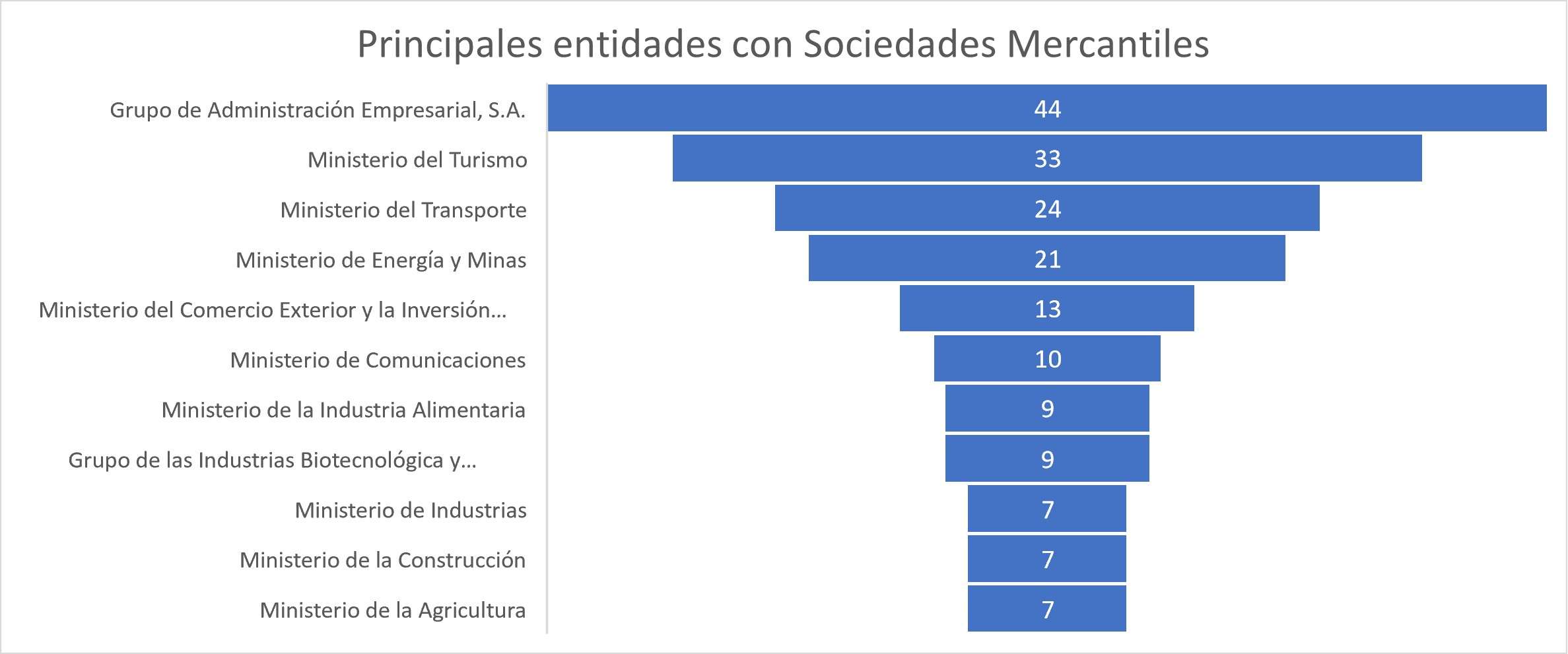The commercial company is the legal personality created to start an economic activity with profit motive. The types of companies They can be several, depending on the organization of the economic activity, the relationship between the partners, the responsibility, the risk assumed and the social object.
The current legislation in Cuba is consistent in the treatment of companies as legal persons. The Code Civil in its Article 39.2 paragraph ch), the Code of Trade in its Article 119 and the new Law of Investments Foreigners in its Article 13.7, agree that the existence of a company (commercial or civil) necessarily depends on its constitution in notarial deed, which must be registered in the corresponding public registry.
In the Cuban case, there are commercial companies in the form of corporations, known by their abbreviation “SA”, a type of commercial society in which the liability of the partners is limited to the capital they have contributed. 1
Its participants have Actions that they can be freely sold in the markets; that is, they have the denomination of transferable partners. The shareholders of a public limited company usually meet from time to time (normal: periods of one year) in a shareholders’ meeting, a structure in which the fundamental measures and decisions in the life of the company are discussed and adopted.
Within the so-called Cuban state companies, due to different economic situations and other causes, 100% Cuban commercial companies were created, initially autonomous companies. Even when there was differentiation of vehicle plates, these structures did not have the color of the plates of the classic state companies. Foreign capital negotiated directly with them. And good results were obtained.
These commercial companies were formed from Cuban business institutions and formed the most important component of the emerging economy due to their connection with Cuban organizations and their flexibility in obtaining financing. They emerged, in the first instance, with the aim of carrying out foreign trade operations in international markets.
Due to decisions of the country, today most of these companies function as classic state-owned companies with many impediments to their life and efficiency. A group disappeared from the visual horizon.
In my opinion, today these commercial companies could function as in the past, they would only have to be given the facilities they have by law. There is no need to invent anything, nor study measures for a new action. The suppression of the provisions that make them inoperative could give greater profits and dividends to the Cuban State.
It makes no sense to create a state SME if there are already public limited companies that do not work as such, but that worked before. In other words, why venture into new variants of institutional structures if those that are legally approved do not work?
One of the 75 measures recently announced in the ninth regular session of the National Assembly in its IX Legislature states that: “Specially encourage the emergence of export-oriented state-owned MSMEs.” Another point is pronounced for advancing in the constitution of mixed state-private companies, useful measures for the advancement of the economy, but their objective is similar to that of the Cuban SA companies, which remain tied according to the social purpose for which they serve. They were created. Wouldn’t it be feasible to review them so that they contribute more to Cuban society?
At the time, the State spent resources to structure these forms of management from a legal basis.
Table 1: Entities by forms of organization
In 2021, of the 258 existing commercial companies, 17% were concentrated in the Grupo de Administración Empresarial SA, better known as GAESA, 13% in the Ministry of Tourism and 9% in the Ministry of Transport. In such sensitive branches in the production of industrial and agricultural goods they did not exceed 3%.

A MSMEs It is a commercial company, you have to wait for it to be approved by the Ministry of Economy, but strictly speaking it is created before a notary public, with a notarial deed. You just have to register it in the national registries according to the activity you carry out. But the number of actors per activity is still regulated. Without any logic.
Why so much bureaucracy when it comes to forming new commercial companies when the mere fact of freeing them from the limitations that have been imposed would give better results? Internally, procedures are closed, they slow down. Many of these SAs are not currently SAs. Are socialist state enterprises. In addition, they were under ministerial structures that did not comply with an older measure: dedicating themselves to state functions and not administrative ones. The ministries hinder, weaken and make impossible their legal and natural performance. Now that a reorganization of the ministerial structures is being proposed, thinking about this aspect would be valid.
The dramatic situation in which the Cuban economy finds itself is due to multiple causes, including the US blockade, the global crisis and the increase in basic products, among others; but there is also a management of the internal economy that has exhibited and still exhibits enormous design flaws. The most reliable sample is Ordering Task, implemented in January 2021. It has brought numerous imbalances, especially the loss of purchasing power of Cuban families. It is necessary to go to the reserves that exist in the country. Among them would be to recover the role that commercial companies with 100% Cuban capital came to have.
Life has shown that economic centralization and verticalism have constituted a barrier to the best performance of Cuban companies. Although in the short term it has been necessary to concentrate material and financial resources, in the medium and long term it has meant a setback and a decapitalization of the companies.
***
Note:
1 Commercial company with 100% capital: these are organizational forms of production that are structured as corporations with totally national capital. They are constituted by notarial deed and registered in the Mercantile Registry. Font: Statistical Yearbook of Cuba. Chapter 4. Institutional Organization.

















